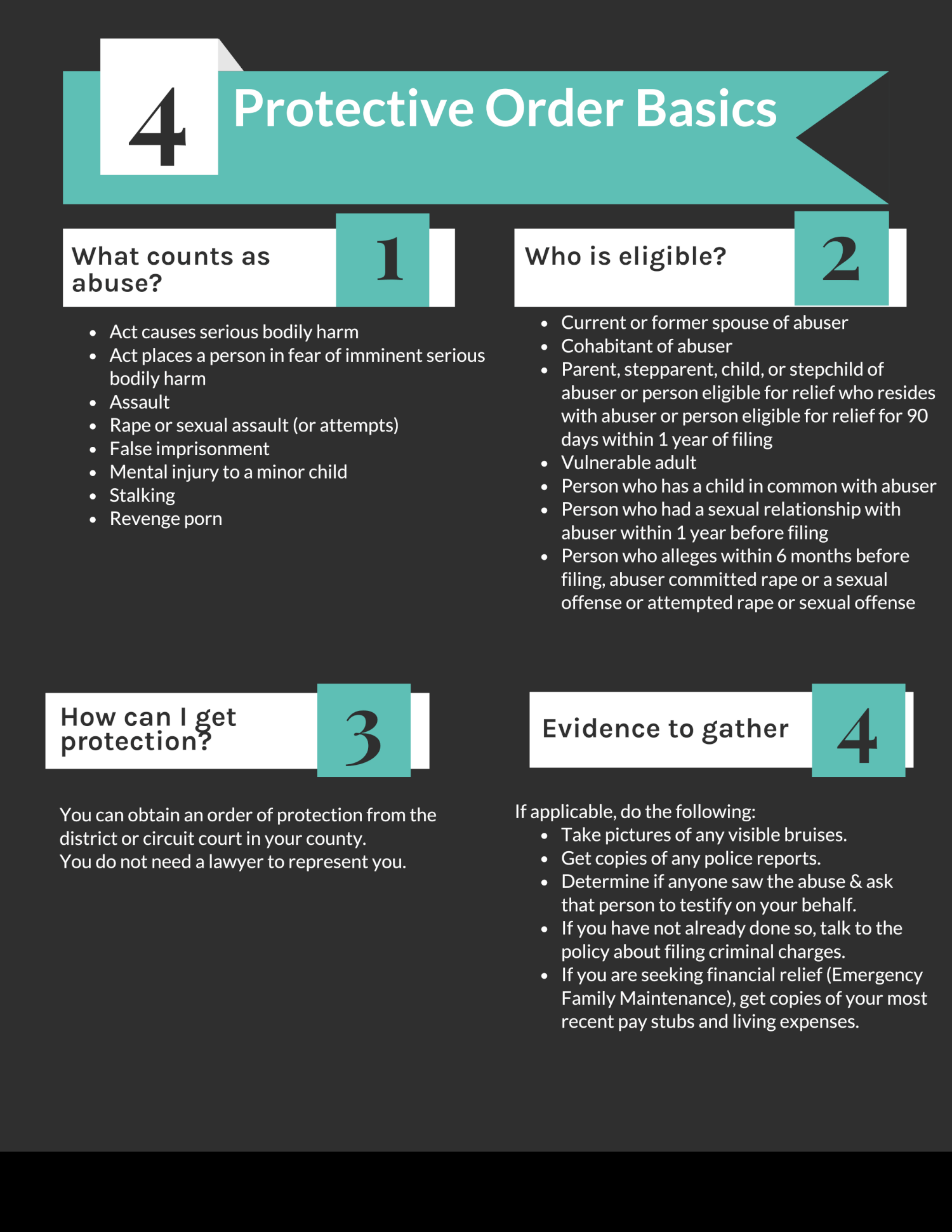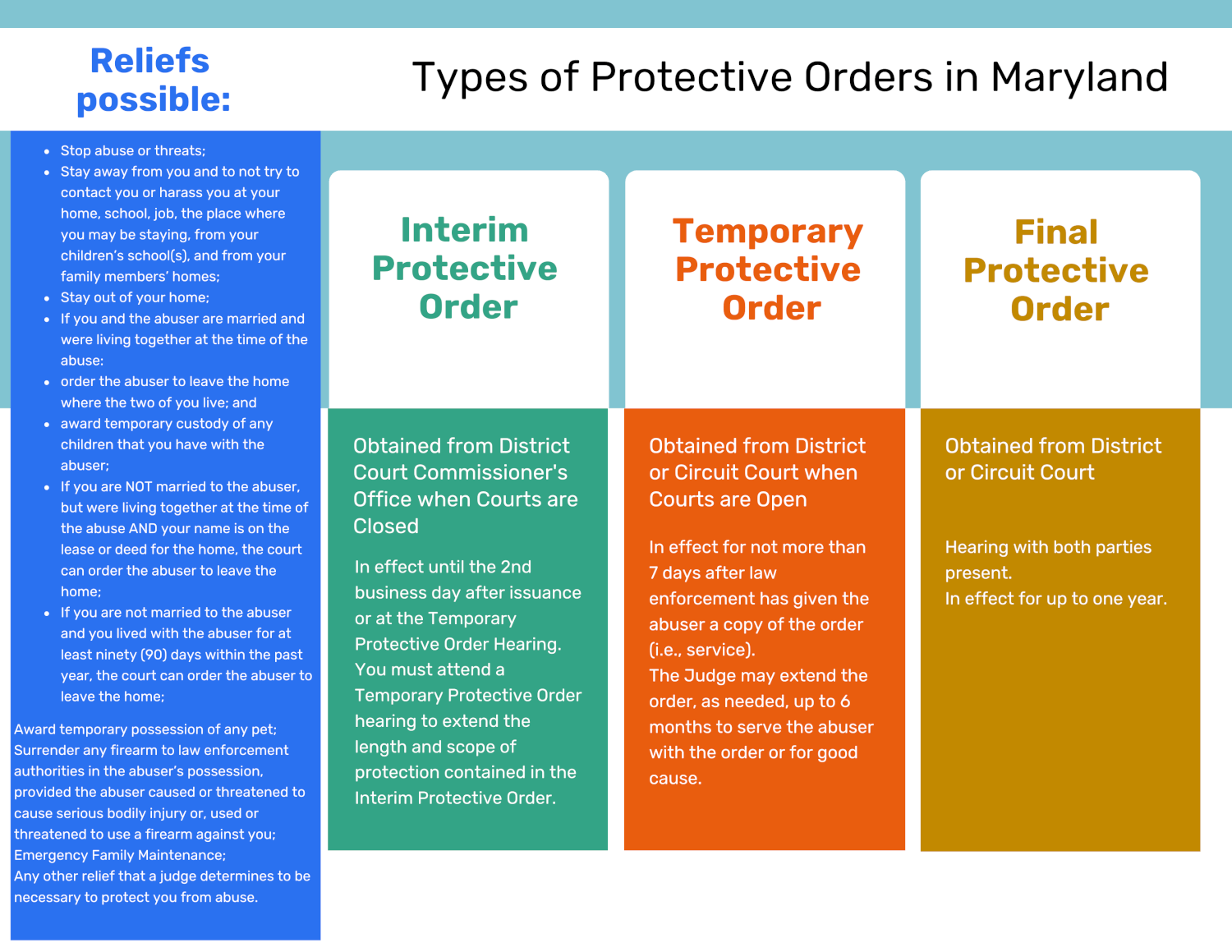News reports often focus on domestic violence where a spouse or intimate partner is perpetrating violence against their partner. In family violence, you may be experiencing abuse at the hands of a parent, sibling, or other relative. You can get protection from this abuse. Scroll down for important information and resources.

